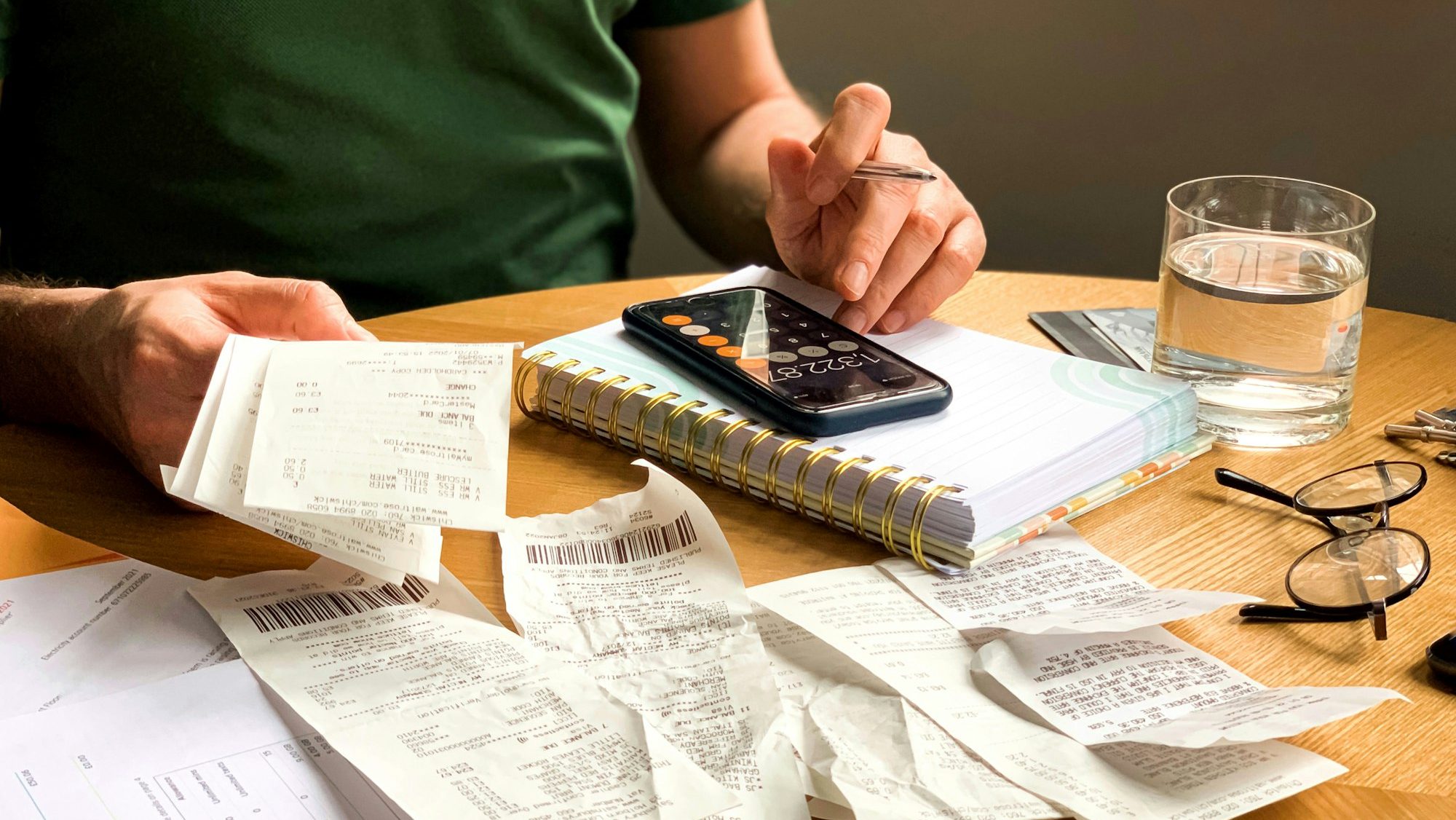Despite the growing trend of small business owners moving away from using paper receipt filing, approximately 49 percent of Australian small businesses still do so. This is despite the claims that lost receipts are costing a quarter of them up to $10,000.
Recently published research illustrates that lost receipts are costing 25 percent of Australian small businesses up to $10,000 a year, while a further 8 percent reported the administrative fumble to have cost them as much as $100,000.
It’s a concern shared by nearly half of the 307 small businesses who took part in the recent research conducted by NAB. 47 percent of respondents reported feeling stressed or anxious over record-keeping.
Australian small business owners are incredibly hard-working and the data shows that, for many, paper receipts can add undue stress and complication to tax time. 81.1 percent of small businesses say the availability of digital receipts would improve their tax-time process.
According to the research figures, 62 percent of respondents said they lose paper receipts come tax time, and reported to have turned to recovery methods like manually comparing transactions listed on bank statements and “checking their diaries” in a bid to retrieve them.
Less than half of the small business owners who participated in the research said that they have a filing system in place to collect receipts throughout the year, at 49 percent. On top of it, as many as 9 percent reported relying on the “good, old-fashioned shoebox system” to keep their records.
While as many as 60 percent of small businesses reported relying on internal efforts come tax time, 79 percent responded by saying that they prepare early.
According to the data gathered from the research, business owners consider gathering old receipts the most time-consuming part of the tax process, at 42 percent, and fact-checking, which follows closely, accounting for some 39 percent.
75 percent of Australian small businesses reported in the survey saying that they would like to change the way that they process paper receipts in the next financial year. Over two-thirds, or 69.6 percent to be precise, say they’d be more inclined to purchase through a retailer that provided digital receipts.
Claiming Tax Deductions Without A Receipt
Tax deductions are the main way you can improve your tax refund. In simple terms, deductions add fairness to the tax system; if you have to spend extra money that is connected with how you earn a living, then you get something back for that.
The ATO prefers that you keep a receipt for every expense that you purchase and want to claim on your tax return. But what happens if you don’t have a receipt? What if you lost it, or it’s so faded that you can’t read it?
Claiming with no receipt is becoming a bit risky, because the Australian Taxation Office (ATO) is becoming stricter with each year that passes, but in some cases, it is okay.
You might still be able to claim certain items, even without a receipt
There are cases where you can claim a tax deduction without a receipt, but there are serious restrictions.
First of all, the expense must be “allowable”. This means you should be able to answer yes to these questions:
- It’s directly related to and needed for your occupation?
- You paid for it yourself?
- You were not reimbursed or paid back by your employer (or anyone else)?
If you answered yes to all of the above, and you have a credit card statement or bank statement showing transactions for the item or items you purchased, then if push comes to shove with the ATO, they will sometimes accept that deduction. However, you should not let yourself get into that situation. Because if they disallow your deduction, you may soon be paying money back to the ATO and this is a position that nobody desires to find themselves in.
If a purchase you made contained some items you’re allowed to claim, and some that you can’t, that’s complicated. You need some sort of way to distinguish between the work expenses and the personal or un-claimable items.
What are some common items that you might be able to claim without a receipt?
- Membership Fees or Union Fees: These will often be itemized on your PAYG summary or Income Statement or another summary you get from your employer or tax agent. As long as you have that documentation, a receipt is not normally required.
- Fuel/Petrol with a logbook: If you keep a proper car logbook for at least 12 consecutive weeks (over a 5-year period), then you can use the work-related kilometers you’ve travelled along with the size of your car and a nominal fuel rate to include a petrol deduction on your return. Your tax agent can help work this out for you.
- Fuel/Petrol without a logbook: Even if you haven’t kept a car logbook, as long as you can demonstrate how you calculate the number of kilometers you’re claiming, the ATO will allow a claim of 72c per kilometer up to a maximum of 5,000km.
- Computer Items: If you have a credit card statement and you make a note against it (for example new home office computer from JB Hi-Fi) at the time of the purchase, it’ll be easier to find and use as evidence. It also helps if you take a photo of the packaging, as well – but if you can take a photo of the package, take a photo of the receipt!
- Stationery: If you have a credit card statement and you make a note against it (for example; Big W, calculator, ruler, pack of pens). Again, it helps if you take a photo of the items as well.





